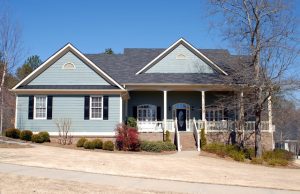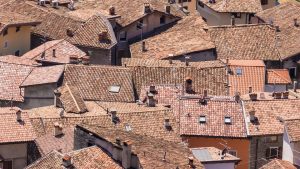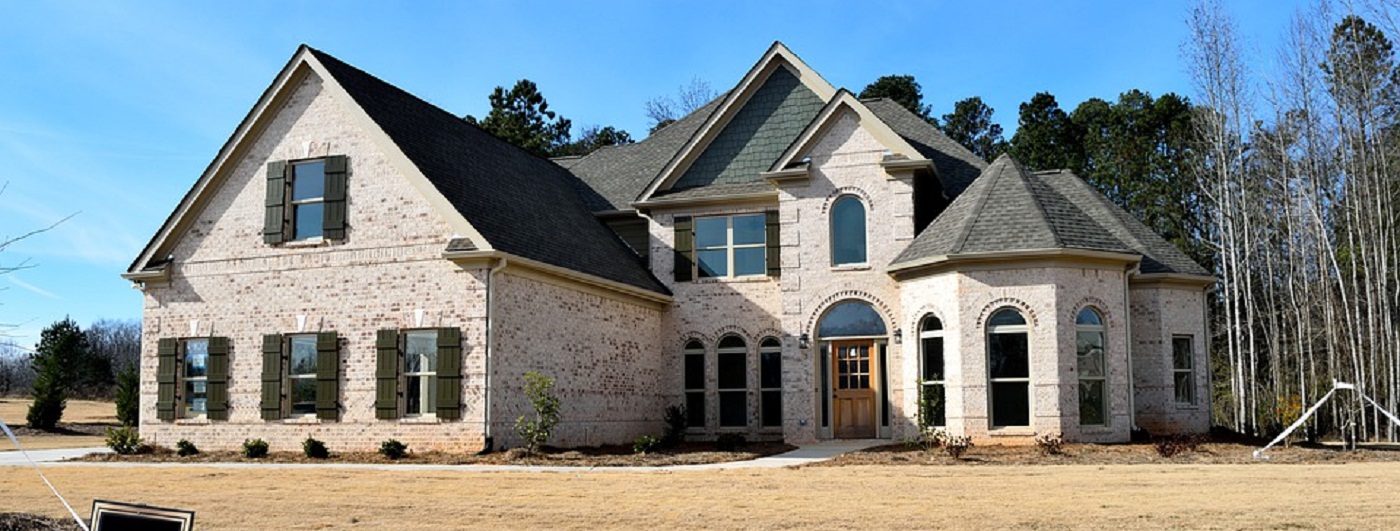The Four Most Usual Ceilings
Wooden ceilings: They are the most used, especially if you have the patio in the garden and want to get a very cozy atmosphere. Its design is with sheets or wooden tiles, which gives it a very rustic atmosphere. Also, they are very resistant and protect very well from the rain, besides helping to maintain a cold temperature during the hottest months of the year.
 Polycarbonate ceilings: It is one of the most resistant materials and is widely used in outdoor areas both on terraces and patios. One of its significant advantages is that it lets the light pass through but filters the sun’s rays, so you’ll have to light but without burning yourself if it’s sunny. It is ideal for areas where the climate changes a lot as it perfectly protects from rain, cold, sun, heat …
Polycarbonate ceilings: It is one of the most resistant materials and is widely used in outdoor areas both on terraces and patios. One of its significant advantages is that it lets the light pass through but filters the sun’s rays, so you’ll have to light but without burning yourself if it’s sunny. It is ideal for areas where the climate changes a lot as it perfectly protects from rain, cold, sun, heat …
-Ceilings of fiber cement: Also very resistant, primarily to factors such as humidity and mold and fungi that it usually produces. It is straightforward to install and also very resistant to sudden changes in temperature. It is not used much in homes but establishments such as bars or restaurants.
Prolipopileno ceilings: They are made of a particular resin that helps to save energy because it allows light to pass very quickly, although it does not let the sun’s rays pass. It is very resistant, and you can find it in several colors so that it will fit perfectly with the decoration of the terrace.
 Removable or technical roofs
Removable or technical roofs
We must say that there are different false ceilings types and among them, the removable roof is probably the most chosen for its functionality.
The different types of removable roofs meet all the characteristics above, with the particularity that their plates are very easy to assemble and disassemble and this facilitates the change of dishes due to deterioration or the arrangement and improvements in the installations.
False continuous ceilings
For its part, if we talk about the wrong ceiling continuous, we refer to an incorrect ceiling type something different from the one we have been talking about. Usually, it is made of plaster or laminated plasterboard. The difference also lies in its installation, since its plates are based on a structure formed by uprights, while the continuity character is guaranteed with the use of ribbons and pastes that allow strengthening the joints of the plates.

